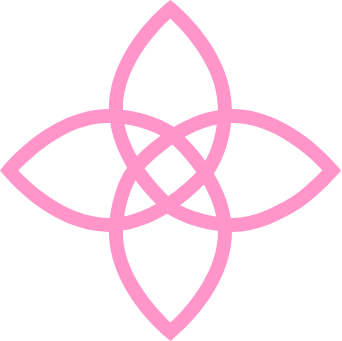Understanding Ovarian Cysts: What's Normal, What's Not?
If you've ever had an ultrasound or other imaging done, you may have been told you have a cyst on your ovary. This can be concerning, but the truth is, ovarian cysts are incredibly common and often completely normal. As a board-certified OB/GYN and fertility specialist, I get asked about ovarian cysts all the time, so let's dive into what they are, what's normal, and when they can become a problem.
Functional Cysts
First, it's important to understand that your ovaries are constantly making cysts as part of the normal menstrual cycle. Each month, your body is growing an egg inside a small fluid-filled sac called a follicle. This follicular cyst is an essential part of ovulation - it's how your body matures and releases the egg. After ovulation occurs, the follicle then transforms into a corpus luteum cyst, which produces progesterone in the second half of your cycle. So if you're having regular periods and not using hormonal birth control, it's extremely common and normal to have these functional cysts show up on an ultrasound. They're just a sign that your ovaries are doing their job. The size and appearance of these cysts can vary throughout your cycle, but they're typically nothing to worry about. The exception is if you're on birth control that's suppressing ovulation, like the pill, shot, implant, or IUD. In that case, you shouldn't be developing new follicular or corpus luteum cysts each month. If an ultrasound does show a cyst, it's a good idea to follow up with your doctor to make sure it's just a leftover cyst from before you started birth control, and not something more concerning.
What types of cysts are concerning?
Now, there are other types of ovarian cysts that can be problematic. Endometriomas, for example, are cysts that form when endometriosis tissue gets trapped inside the ovary. These cysts tend to be more persistent and can be a sign of underlying endometriosis. Dermoid cysts are another type that can cause issues - these are cysts that contain hair, fat, or other tissue, and they may need to be surgically removed. The biggest concern with ovarian cysts is the risk of torsion, which is when the cyst causes the ovary to twist. This can cut off the ovary's blood supply, which is a medical emergency that requires immediate surgery. Large cysts, especially those over 5-6 cm, have a higher risk of torsion. Symptoms of torsion include sudden, severe pelvic pain. So when should you be concerned about an ovarian cyst? Here are a few red flags:
Persistent, recurrent cysts - If you keep developing new cysts month after month, that could be a sign of an underlying issue like polycystic ovary syndrome (PCOS).
Rapidly growing cysts - Cysts that are getting significantly larger over a short period of time may need closer monitoring or treatment.
Painful cysts - While some discomfort around ovulation is normal, severe or persistent pelvic pain could indicate a problem.
Complex or solid cysts - Cysts that appear more complex on ultrasound, with solid components or irregular borders, are more likely to be problematic.
The good news is that the vast majority of ovarian cysts are completely benign and resolve on their own. But it's still important to follow up with your doctor, especially if you have any concerning symptoms. They can help determine if additional testing or treatment is needed. Remember, your ovaries are constantly working to support your reproductive health, and cysts are a normal part of that process. As long as they're not causing problems, there's usually no need to worry. But don't hesitate to speak up if you have any questions or concerns - your doctor is there to help you understand what's going on.

